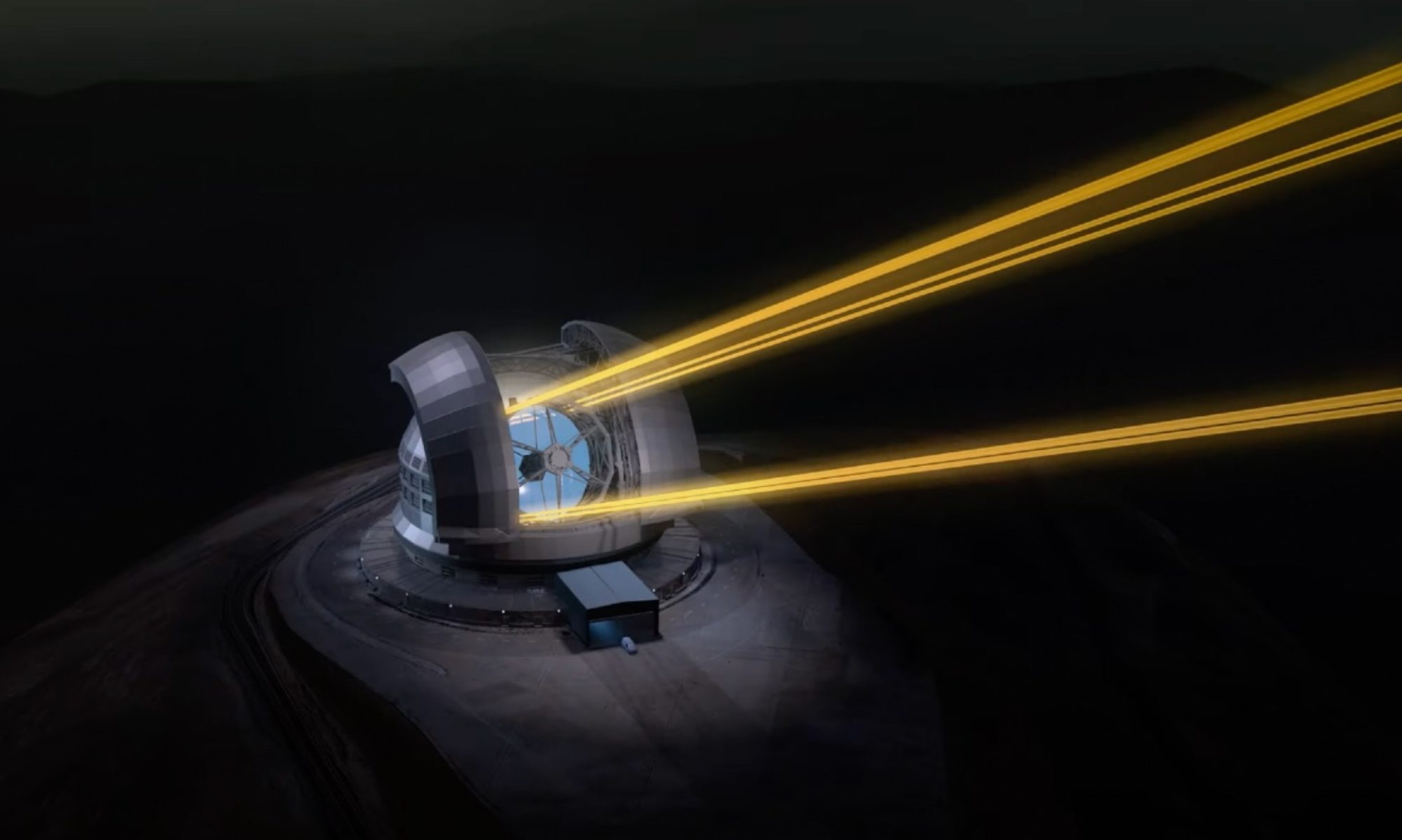ADDITIONAL INFORMATION
Date of publication for questions/answers from 1 to 11 : 7/7/2022
Question 1 : Could you provide more information on the phasing of the project towards the development of and delivery of these DM’s ?
Answer 1 :The contracting authority has identified the following activities and approximate timeline:
Phase 1 : Design and Performance Analysis
Phase 2 : Purchase and development of devices, Integration, Factory characterization and tests, Shipment and On Site Acceptance Testing.
The approximate timeline distribution is :
Month Milestone
1 Kick Off Meeting
4 Phase 1 Intermediate Milestone # 1
8 Phase 1 Intermediate Milestone # 2
12 Phase 1 Conclusion and delivery of documentation
15 Start of Phase 2
18 Phase 2 Intermediate Milestone # 1
24 Phase 2 Intermediate Milestone # 2 End of purchase and development. of devices
32 Phase 2 Intermediate Milestone # 3 End of Integration
40 Phase 2 Intermediate Milestone # 4 End of Factory characterization and Test
44 Phase 2 DM accepted. Shipment and On Site Acceptance testing
Question 2 : If there is already a preliminary design of the DM’s completed, can that be shared in advance (as soon as possible) so that it can be studied and assessed prior to the tender?
Answer 2 :The part of the PDR documentation, not covered by NDA and that can be disclosed, will be made publicly available latest at the call for tender.
Question 3 : If there already is a preliminary design of the DM’s, what level of detail of the DM’s and their technology base have already been determined?
Answer 3 : The PDR design is based on a specific technology (voice-coil actuators); we don’t assume that this technology is binding for the next project phases.
Question 4 : Will this be a fixed price contract or cost-plus?
Answer 4 : It will be a fixed price in 2022 euros. The offers will be indexed for inflation, with the Eurostat Domestic Producer EU 27 prices index (GEO : EU27_2020 ; INDIC_BT : PRIN ; NACE_R2 : MIG_NDCOG; S_ADJ: NSA)
Question 5 : If this tender covers the award of both design and manufacturing phases, will there be a possibility to update the cost/contract price between the different phases based on the evolution of the design and requirements?
Answer 5 : No, unless changes agreed by both parties.
Question 6 : Regarding clear aperture: is there a limit on the mechanical aperture and/or mechanical diameter on the DM’s as a whole? (this question is to understand if and how far we can position a lateral support outside of the optical clear aperture and to learn whether we have some design volume here).
Answer 6 :
The current allowed diameter for the DM1 assembly is 1180mm
The current allowed diameter for the DM2 assembly is 1460mm
More details on the interfaces will be provided with the datapack of the call for tender (and possibly updated numbers)
Question 7: Regarding the mechanical volume constraints: would there be some margin in the depth of the DM’s? Especially the depth of 0.5m for the smaller one including positioner is considered challenging.
Answer 7 : DM1 does not need an active positioner.
The depth* of the DM1 assembly is 428mm
The depth* of the DM2 assembly is 688mm
More details on the interfaces will be provided with the datapack of the call for tender (and possibly updated numbers).
*for depth we mean hereby the mechanical distance between the mirror vertex and the plane identified by the mechanical interfaces of the bench.
Question 8 : You state that each DM should be able to update its shape with a response time of the order of 2 milliseconds. Can you elaborate on the definition of the required update rate:
Does this requirement specify the command-rate, or settling-time, or rise-time? (Open-Loop)
Answer 8 : The requirement specifies the settling time of each mode and the command rate is 500Hz.
Question 9 : Could you also specify the targeted closed-loop disturbance rejection bandwidth at which the system is required to run with feedback over the wavefront sensor?
Answer 9 : The closed-loop disturbance rejection bandwidth is around 30 Hz while the mirror open-loop bandwidth is 400Hz
Question 10 : Each DM must provide at least 700 Degrees Of Freedom for the figure correction. It is understood that the actuator count is typically a trade-off between cost/availability and wavefront correction performance.
Could you indicate to which extent there might be interest in a (substantially) higher actuator count?
Would smaller actuator spacing (larger actuator count) improve any of the science cases of the instrument?
Answer 10: The number of modes (and consequently the number of actuators) is not currently limiting our performances, but actually the main error source is given by the tomographic error, so increasing the actuator count would not add any substantial improvement to the system nor to the science cases.
Question 11 : Is position feedback in each of the actuation points a hard requirement, if the shape and response requirements can be met without this?
If so, could you specify the higher level functions and requirements which drives this design choice of having a sensor at each actuator?
Answer 11 : The best knowledge of the actual mirror figure should be made available to the RTC at full framerate with an accuracy of 5%; it must take into account any other effect that could result in a mirror figure different from the commanded one. It can be based on a direct measurement of the actuators’ position (goal) or on optomechanical modeling. This requirement is meant to be verified on short time-scale (1s)

